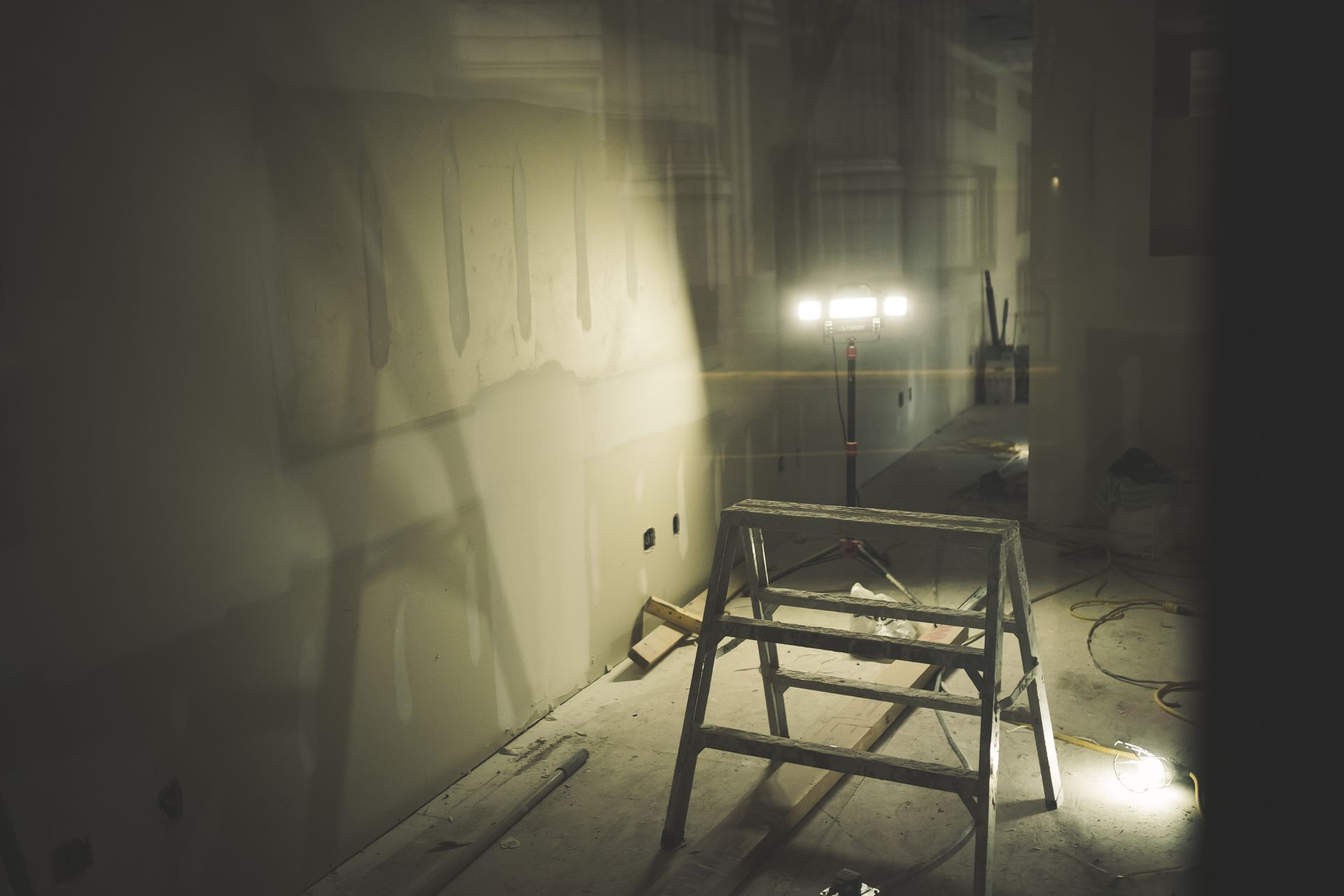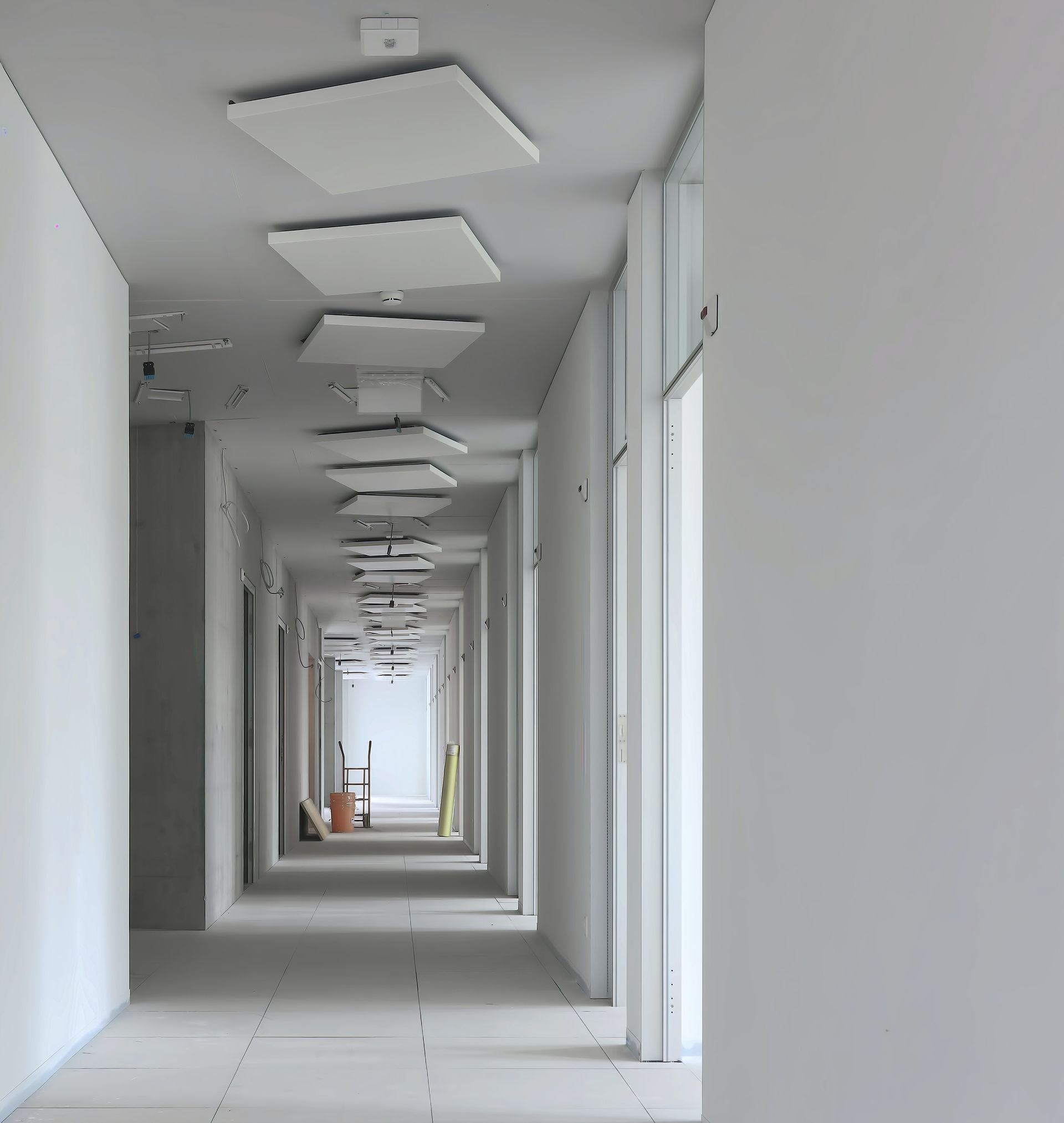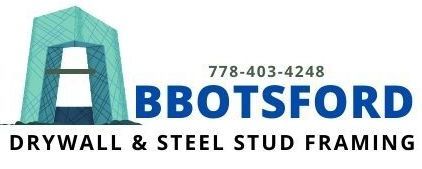Abbotsford Drywall and Steel Stud Framing
Common Mistakes to Avoid in Drywall Installation: Achieving Professional Results
Installing drywall requires specific knowledge and skills. Let's explore some common mistakes people make during drywall installation and how to avoid them.
At first glance, putting up drywall may seem like an easy do-it-yourself project. You might think it's as simple as placing the boards in position. After all, the boards come neatly packaged, with clean angles and are relatively lightweight, giving the impression of simplicity.
Installing drywall can be deceptive. It may appear straightforward, but it presents numerous opportunities for mistakes that can lead to long-term problems with your walls and paint.
Professionals often encounter common mistakes when they're called to fix drywall issues. These mistakes include not properly tapering the edges, lack of edge support, not minimizing joints, improper framing locations, and not ensuring a proper fit before fastening. Achieving the desired finish during the installation in your home requires careful planning and avoiding these mistakes.
Here are some of the common mistakes that often occur when inexperienced individuals attempt to install drywall without proper knowledge and experience with the material:

Top 5 Mistakes You Should Avoid in Drywall Installation
Hanging Drywall Vertically
When hanging drywall vertically, it's important to support the edges properly. Sometimes, the framing at inside corners is insufficient or completely absent, which makes it impossible to secure the edge of the drywall.
Before hanging the drywall, inspect the framing to address this issue. Ensure at least 1 inch of exposed framing at the corners. If this requirement is unmet, add another 2x4 piece of wood next to the existing framing.
Pay special attention to the top of the walls parallel to the
ceiling framing. Normally, blocking is nailed to the wall's top plate during the framing stage, but it's often missing. If you need to add blocking and there's limited space to use a hammer, you can drive screws into the blocking at a specific angle.
Failing to Mark Framing Locations for Accurate Screw Placement
It will be challenging to precisely position screws if you neglect to mark the location of the framing before covering it with drywall. To ensure foolproof screw placement, make marks indicating the framing locations and use them as a guide to draw a light pencil line across the drywall sheet. This way, you can quickly and accurately position the screws without wasting time removing ones that miss the framing.
Begin by marking where the ceiling joists are on the top of the wall frame. Also, mark the centre of each stud on the floor. Take note of any unusual framing so you know where to place screws once it's covered with drywall. Once the ceiling drywall is hung, use a pencil to mark the stud locations on the ceiling before you start hanging drywall on the walls.
Tapered Edges on Outside Corners When Hanging Drywall Vertically
When hanging drywall vertically, it's important to avoid using sheets with tapered edges along outside corners. If you do, installing the corner bead will be challenging. The corner of the bead will be too low, making it difficult to cover with a joint compound.
Leaving a 1/8" gap on each drywall edge helps create properly tapered edges. It's easier to fill in the gap later than to replace the entire drywall sheet if it crumbles or chips at the boundaries.
Not Checking the Fit Before Securing Drywall in Place
Even with careful measurements, you may encounter an outlet hole that doesn't quite fit. A common mistake is to screw the drywall to the framing before trimming the opening. As a result, the drywall can break around the electrical box, requiring additional fixing time. To avoid this problem, checking the fit before firmly pressing the drywall against the wall is important.
Hold the drywall in position after measuring and cutting out the openings in the drywall. If the fit is close, secure the sheet with a few screws along the top edge or far away from the outlet openings. Trim any excess drywall along the tight edges of the box until the drywall can easily slide over the outlet boxes. Once the fit is perfect, continue securing the drywall in place.
Not Leaving a Gap When Hanging Drywall Vertically
When hanging drywall vertically, it's better not to measure and cut it for an exact fit. Doing so can often lead to trouble. Forcing in a piece that's too tight can cause the edge to crumble or a corner to break. Removing a piece to shave off a too-tight edge is messy and time-consuming. To avoid these issues, having a slightly loose fit is better. Cut the drywall to leave approximately a 1/8-inch gap at the edges.
When hanging the ceiling, remember that the drywall on the walls will cover about 1/2 inch along the perimeter. The same applies to inside wall corners. You can cut the pieces about 1/4 inch less than the actual measurement and leave a gap in the corner if needed.
Even if the edges of a piece aren't covered, it's still advisable to cut it slightly shorter. Filling a 1/8-inch gap with a setting-type compound is easier than repairing a broken edge or corner by cutting and fixing it.
Tips to Avoid The Common Mistakes in Installing Drywall
Minimizing Joints
When it comes to taping drywall, it's already a time-consuming and tedious task. Avoiding adding extra joints, especially those tricky butt joints, is a good practice. Plan your project in a way that allows you to use the longest and largest sheets of drywall possible. Don't skimp on materials either, as drywall is inexpensive.
If the walls you're working on are between 8 feet 1 inch and 9 feet 1 inch in height, consider ordering special 54-inch-wide sheets of drywall to eliminate an extra horizontal joint. You can find these 54-inch-wide drywall sheets at drywall suppliers or place a special order at most home centres and lumber yards. Another time-saving tip is using 12-foot-long sheets of drywall instead of the standard 8-foot sheets.
Remember that handling 12-foot sheets can be challenging, especially when bringing them into the house. It's a good idea to have the drywall delivered for larger projects. Many drywall suppliers even offer the option to stack the drywall inside the house for an additional fee.

Preventing Future Cracks in Drywall
To avoid future cracks in your drywall, align a sheet of drywall directly with the edge of a door or window opening. Homes tend to shift and settle slightly over time, and this movement becomes noticeable at the corners of windows and doors. A joint in this location is weaker than solid drywall, even if it is well-taped. There's a high chance it will crack in the future.
Instead of creating a joint, it's better to notch the drywall around openings. For interior walls, simply continue the drywall over the opening with a full sheet and cut out the opening after securing the sheet.
Windows on exterior walls require a slightly different approach. Measure and notch the drywall sheet before hanging it. It's recommended to seek assistance when hanging notched sheets because the thin section above the opening is often fragile. It's okay to join sheets over an opening (and sometimes easier if you're working alone) as long as the joint is not in line with either side.
Hire the Finest Drywall Contractors in Vancouver
The construction world is changing, and more and more people are choosing drywall as their preferred building material. However, since drywall is a relatively new technology, it's important to thoroughly understand its installation process to achieve a flawless and long-lasting result.
If you're looking for drywall contractors in Vancouver, don't hesitate to contact
Abbotsford Drywall & Steel Stud Framing. Our team of experienced professionals is available for consultations and ready to help you bring your interior design dreams to life. We offer various services related to
drywall installation, painting, textures, and more. With our exceptional customer service and satisfaction guarantee, we strive to provide you with the top possible experience.
For a free, transparent, and fair estimate, visit us today. We look forward to assisting you!
